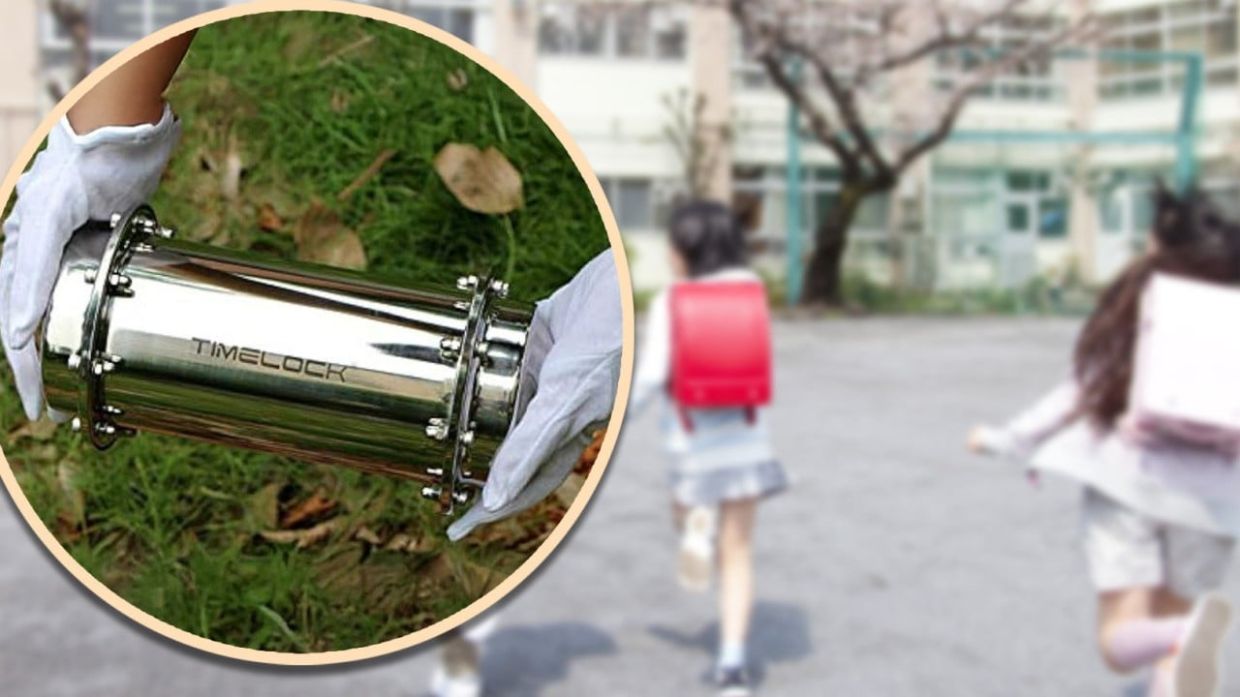
It's a project that's as innovative as it is promising, since these devices could be adapted for use on numerous surfaces, the scope of which could greatly exceed those found in our homes. — AFP Relaxnews
Scientists in the US have developed thin-film materials with photovoltaic cells capable of producing energy. Much lighter than regular solar panels, they can be added to any type of surface, including clothing!
Imagine ultra-thin photovoltaic films that could be added to your windowsill, the back of your smartphone or even your clothes! That's the idea of a research team at the Massachusetts Institute of Technology (MIT), who have developed thin layers of photovoltaic cells. Made from semiconducting printable electronic inks, these devices are capable of generating about 370 watts of power per kilogram, about 18 times more than conventional solar panels, all while weighing one hundredth of their weight, say the researchers.
Save 30% and win Bosch appliances! More Info









































